UK Drive: The Volkswagen Up! remains a key city car contender

What is it?
The Volkswagen Up! has been one of the stars in the city car segment for some time. Offering clever packaging as well as traditionally dependable build quality, it’s been one of the best small cars out there. However, the game has moved on since the Up! first arrived, with key contenders like the new Kia Picanto and Hyundai i10 hitting the forecourts.
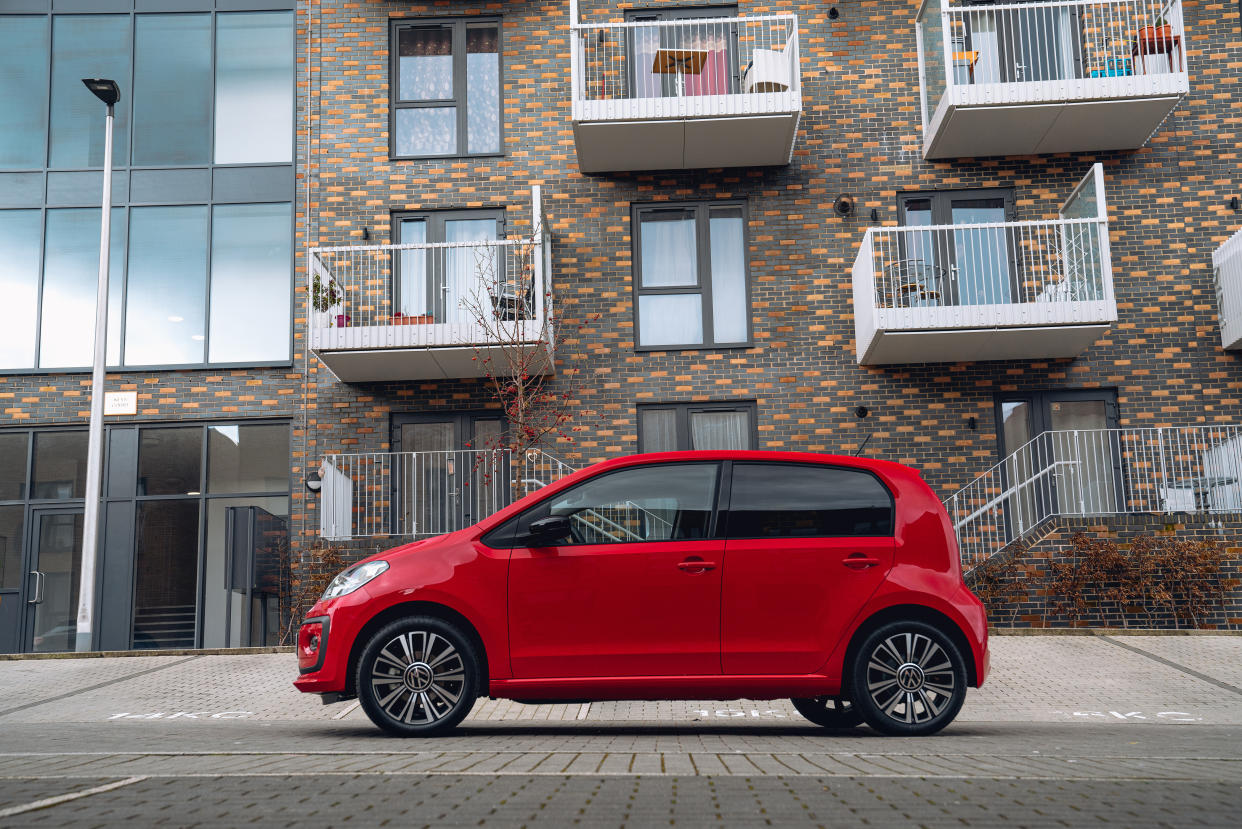
In response, Volkswagen has updated the little Up! as well as refining its choice of engines while offering more kit. Has it done enough though? We’ve been behind the wheel to find out.
What’s new?
As we’ve just mentioned, the list of engines has been trimmed down to just two, giving buyers less of a headache when it comes to powertrains. There’s also the all-electric e-Up!, which means people have an electrified option too.
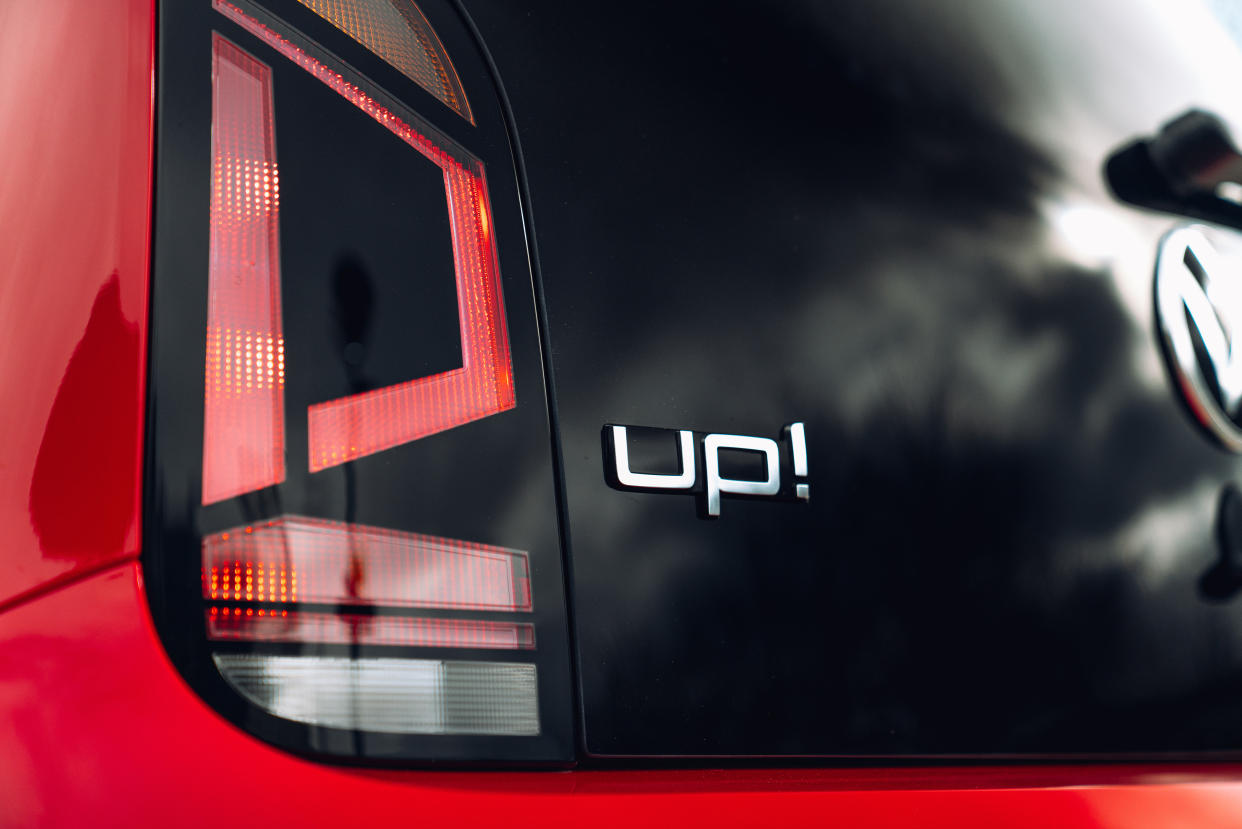
But Volkswagen hasn’t messed with the outright formula much. The packaging is still clever, the dimensions still compact and the cabin still not overloaded with buttons. The German manufacturer knows, however, that a car brimmed with features isn’t what this segment wants – value reigns supreme here, after all.
What’s under the bonnet?
All Up! models – save for the range-topping GTI and e-Up – make use of the same 1.0-litre naturally-aspirated petrol engine. Its outputs are modest; there’s just 69bhp and 95Nm to call upon when pressing the accelerator, and it means that going from 0-60mph will take a rather sedate 14.7 seconds. Flat-out (if you felt the need) the Up! would get to 101mph – but it would need a rather large run-up to get to this.
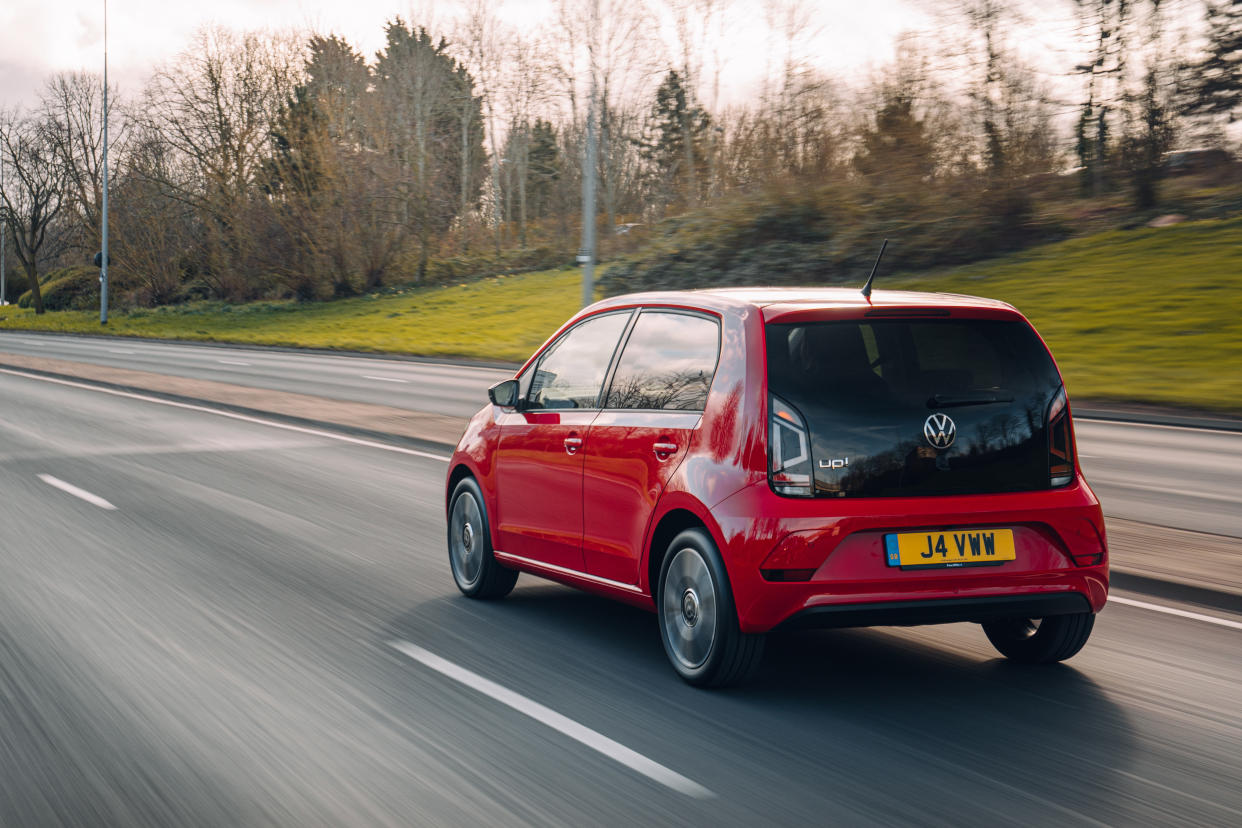
That said, economy figures are excellent as a result. Volkswagen claims up to 51.2mpg combined, with CO2 emissions at 100g/km. Though the engine line-up is slim, to say the least, the 1.0-litre on offer certainly delivers what buyers will need; enough performance to make the car accessible around town but, more importantly, great economy figures.
What’s it like to drive?
We’d have to argue that the Up! offers one of the best big-car-in-a-small-car driving experiences around. It’s partly down to the ride – few cars in this segment manage to be quite as comfortable to drive over rough and broken surfaces like the Up! Visibility up front is excellent, and when combined with light steering and a peppy engine make for a car which is well-suited to life around town.

However, areas which require a car to be a little more long-legged – such as when joining a motorway, for example – do tend to unravel the Up! somewhat. There’s no getting away from the fact that this Volkswagen isn’t a powerful one, so merging and overtaking require some serious forward planning.
How does it look?
Smart, dinky and well-proportioned, the Up! is a surprisingly premium-looking way of getting around. It’s a well-finished design, that’s for sure. Despite having been around for some time – and remaining relatively unchanged during that period – it’s not showing its age whatsoever, and still looks on par with rivals introduced more recently.
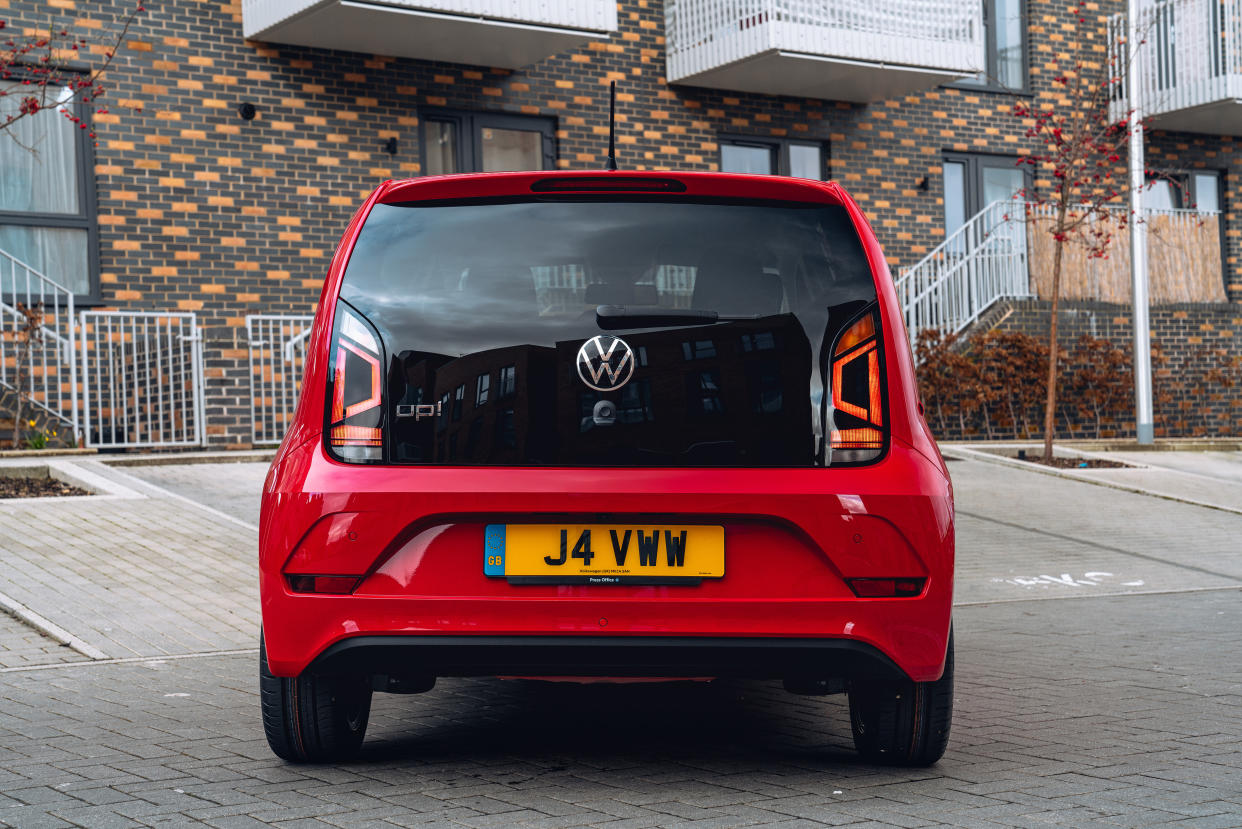
There are a variety of colour options for drivers to choose for meaning personalization – which is a key concern in this segment – is well catered for.
What’s it like inside?
The cabin of the Up! is an area which really impresses. It’s akin to a shrunken-down version of some of Volkswagen’s larger cars, which means that the build quality is solid and the layout of controls is superbly intuitive. Since the Up! does without a screen – we’ll get to that in a second – it’s also refreshingly low on displays, which is something you don’t tend to find on most current cars.

The seating position gives you a good view out, while rear-seat passengers get a decent amount of legroom too. It’s certainly not palatial, but it’s a good degree more than you’d expect from a car of this size.
Plus, you get a very useable 251 litres of boot space, and you can increase this up to 951 litres by folding the rear seats flat.
What’s the spec like?
Volkswagen has tried hard to build up the level of standard equipment accompanying the Up!, meaning people don’t have to stray too far into the optional extras list. All cars get a five-inch colour touchscreen system – but there’s no ‘central’ system.
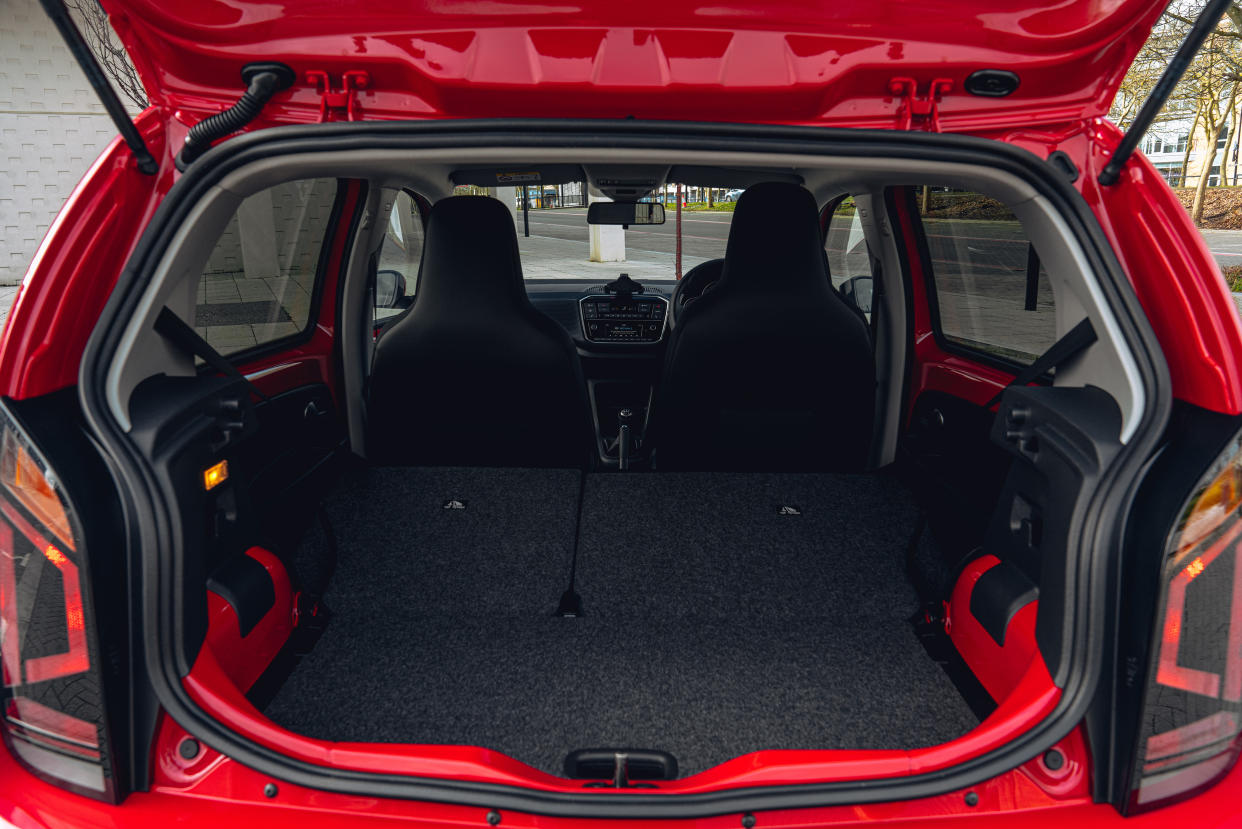
Instead, Volkswagen has fitted a smartphone cradle in which you place your phone and access the car’s main functions via an app. Connected at all times, it can relay information like fuel station locations, driving style analysis and even most recent parking locations – all on your phone.
Our test car did come with a select number of options – a multifunction leather steering wheel came in at £280, for instance, and though we could do without that, we’d highly advise spending the £270 for the climate control pack.
Verdict
Though the Volkswagen Up! now sits in a market with several other key competitors, it’s still more than good enough a proposition. Cleverly put together and surprisingly refined, it’ll be a great option for those who want a comfortable around-town car which won’t fall over during longer journeys.
The engine does mean it’s reasonably restricted to lower-speed travel, but given that it’s a car aimed for urban drivers then this is unlikely to trouble too many people. With some simple revisions, Volkswagen has ensured that the Up! remains competitive for some time yet.
Model as tested: Volkswagen Up!
Price as tested: £13,880
Engine: 1.0-litre petrol
Power: 69bhp
Torque: 95Nm
Max speed (mph): 101
0-60mph: 14.7
MPG: 51.1
Emissions (g/km): 100


